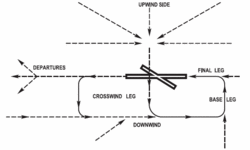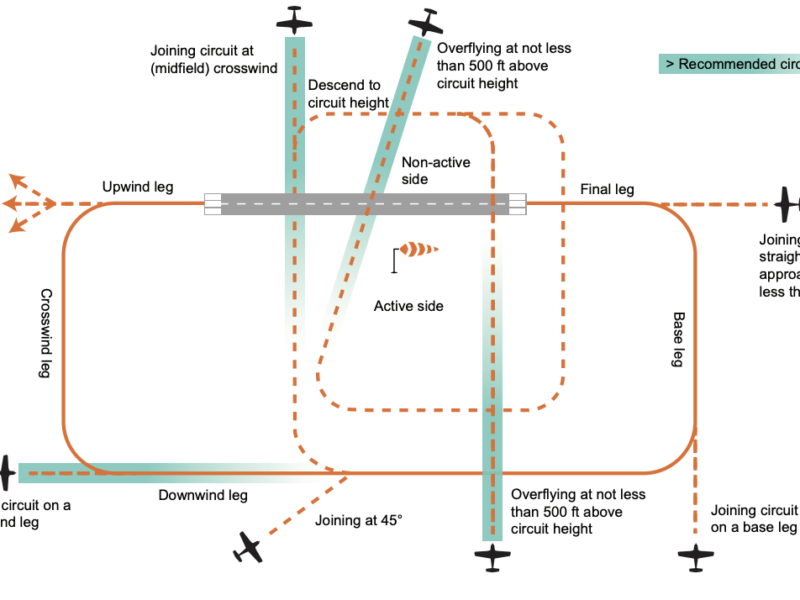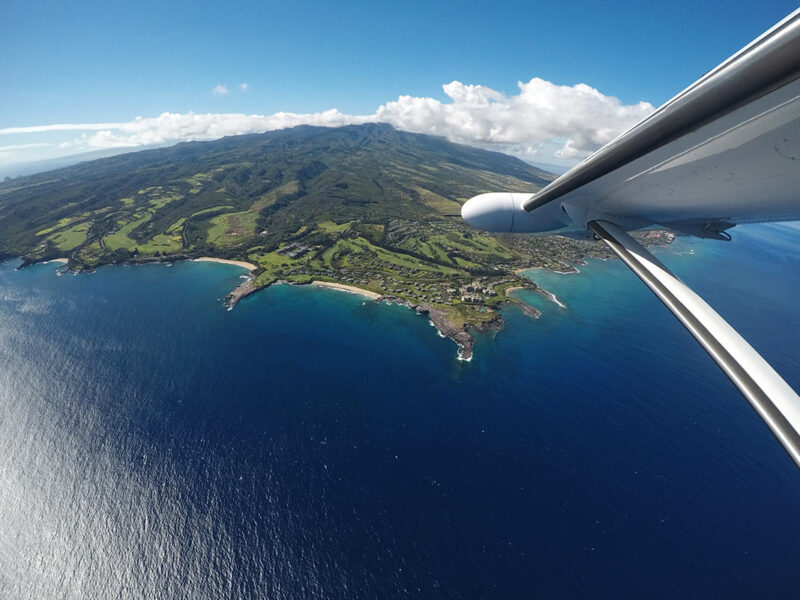I’ve been reading a lot of other peoples blogs about their training. From what I gather… a lot of circuit practice happens. I keep on reading terms like “downwind leg” and “final approach”, etc.. So I figured I might as well explain them to you as im sure you will need to understand at least in some part what all this means. (Canadians like to use Traffic Circuit, while the Americans call it Traffic Pattern)

The purpose of a traffic circuit is to expedite and seperate airplanes using the same airport.
The upwind side is the area on the opposite side of the landing runway from the downwind leg. Approach should be made into this area at or above circuit height. Circuit height is usually 1000 feet above aerodrome elevation (AAE)
The circuit joining crosswind is a corridor, lying within the airspace between the centre of the landing runway and its upwind end, linking the upwind side and the downwind leg.
The downwind leg is a flight path, opposite to the direction of landing, which is parallel to and at a sufficient distance from the landing runway to permit a standard rate-one turn to the base leg.
The base leg is a flight path at right angles to the direction of landing and sufficiently downwind of the approach end of the landing runway to permit at least a 1/4 mile final approach leg after completion of a standard rate-one turn to final approach.
The final approach leg is a flight path in the direction of the landing commencing at least 1/4 mile from the runway threshold, wherein an ariplane is in line with the landing runway and descending towards the runway threshold.



Cool! I’m 12 and this really helped with my ground school.